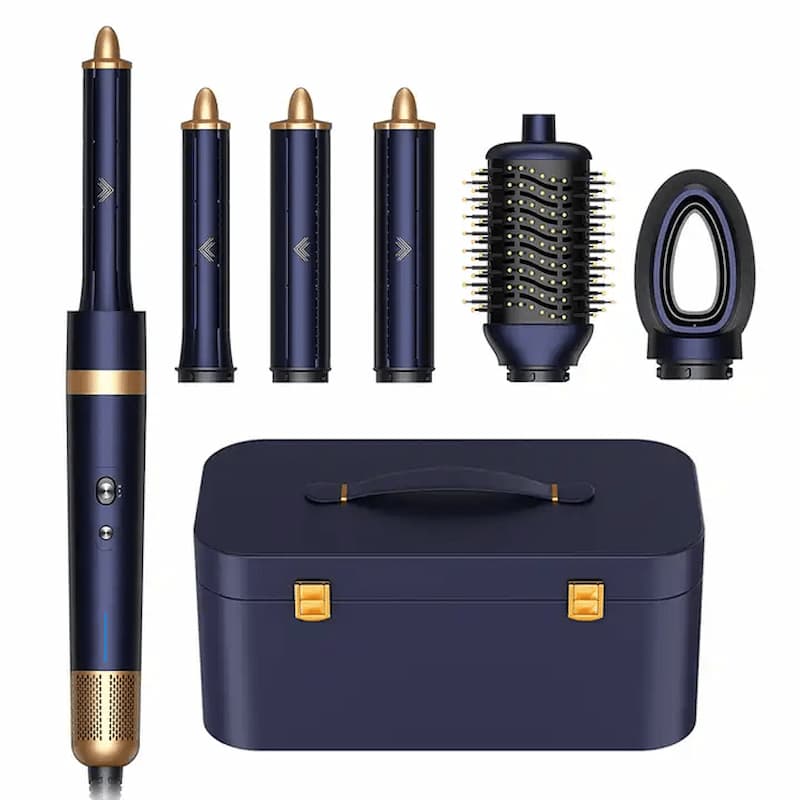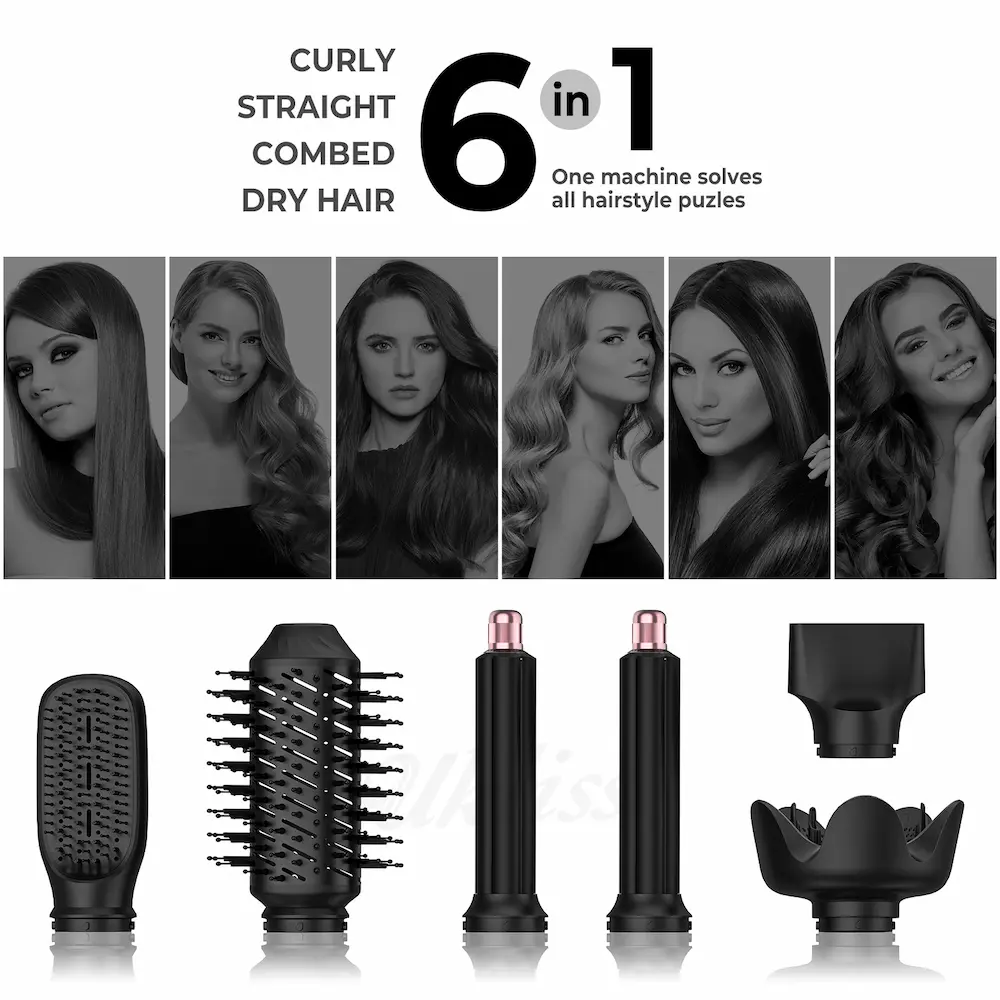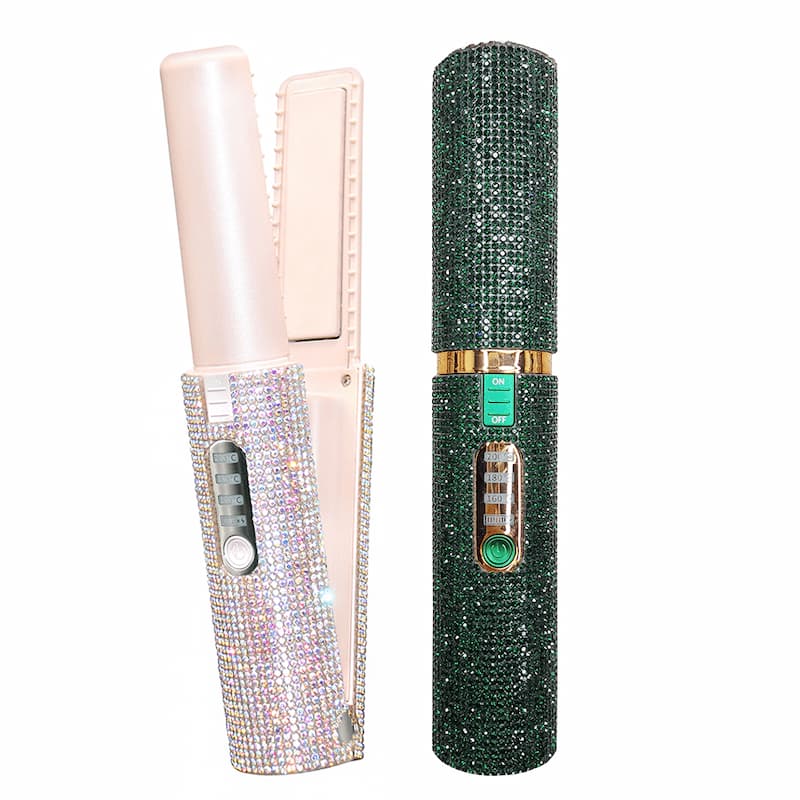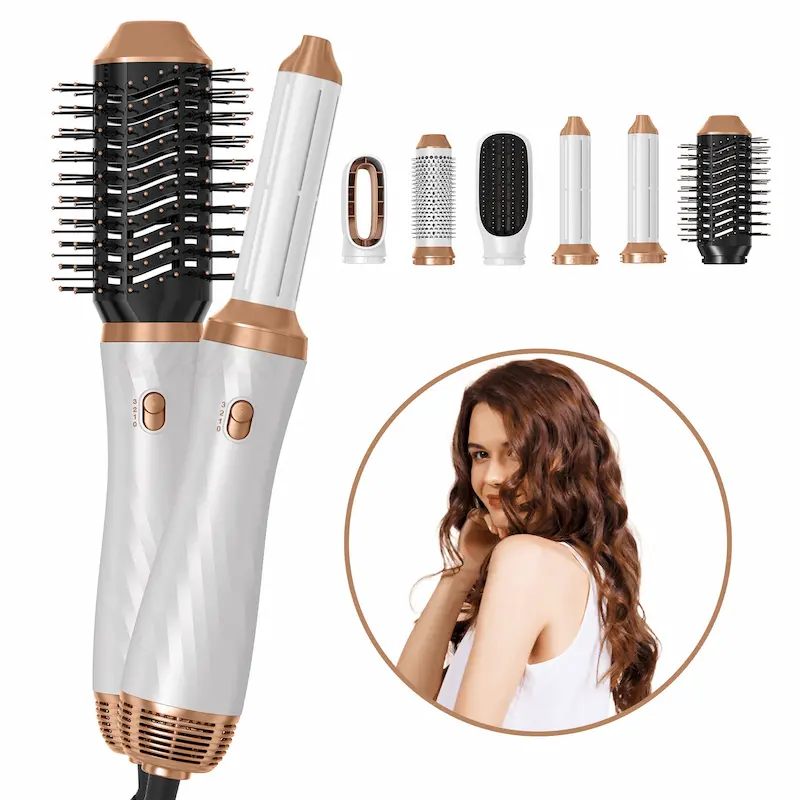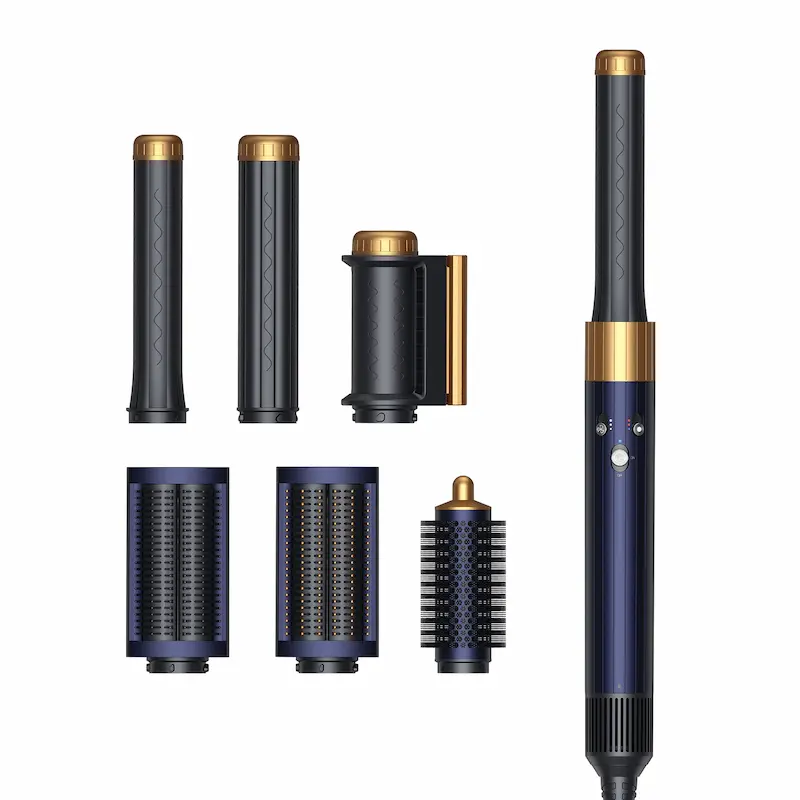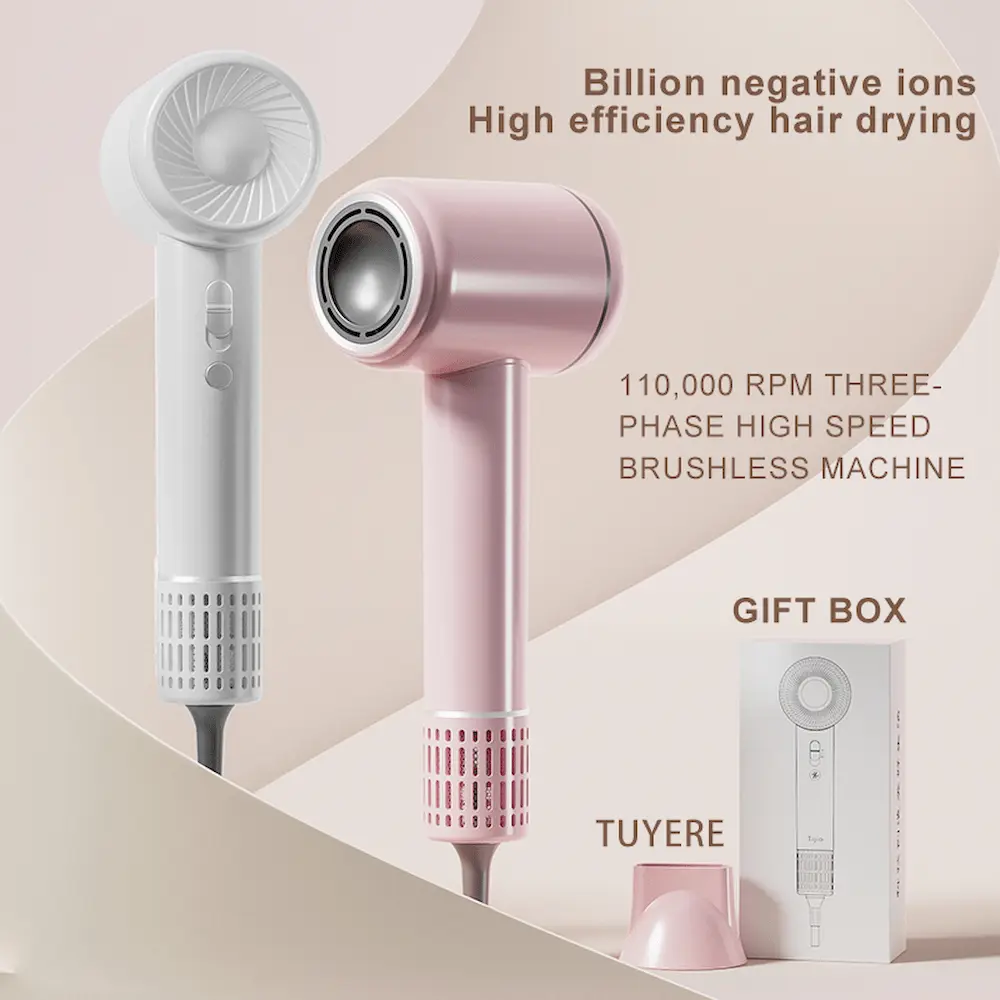
Portable Wireless Hair Straightener User Feedback
2024-05-18 12:09
TEEJOIN Portable Cordless Hair Straightener Factory's Hair Straightener Explained
These components work together to provide a wireless hair straightener that is portable, convenient, and effective for styling hair on-the-go.
The basic components of a wireless hair straightener typically include:
Heating plates: These are the flat plates that heat up to straighten the hair. They are usually made of ceramic, tourmaline, titanium, or a combination of these materials to provide even heat distribution and minimize damage to the hair.
Heating element: This is the component that generates heat to warm up the heating plates. It can be a PTC (Positive Temperature Coefficient) or MCH (Metal Ceramic Heater) element, which heats up quickly and maintains a consistent temperature.
Rechargeable battery: Wireless hair straighteners are powered by rechargeable batteries, which provide the necessary energy to heat up the heating plates. These batteries are usually lithium-ion for quick charging and long-lasting performance.
Control buttons: Wireless hair straighteners have control buttons or switches to turn the device on/off, adjust the temperature settings, and monitor the battery level.
LED display: Some wireless hair straighteners feature an LED display that shows the current temperature setting, battery level, and other relevant information.
Charging port: This is where the hair straightener is connected to a power source for recharging the battery. It can be a USB port or a dedicated charging dock.
Safety features: Wireless hair straighteners may include safety features such as automatic shut-off after a certain period of inactivity, overheat protection, and locking mechanism to prevent accidental activation.
In conclusion, wireless hair straighteners . The quick heating elements of wireless hair straighteners allow for efficient styling and time-saving benefits, especially for individuals with busy lifestyles.
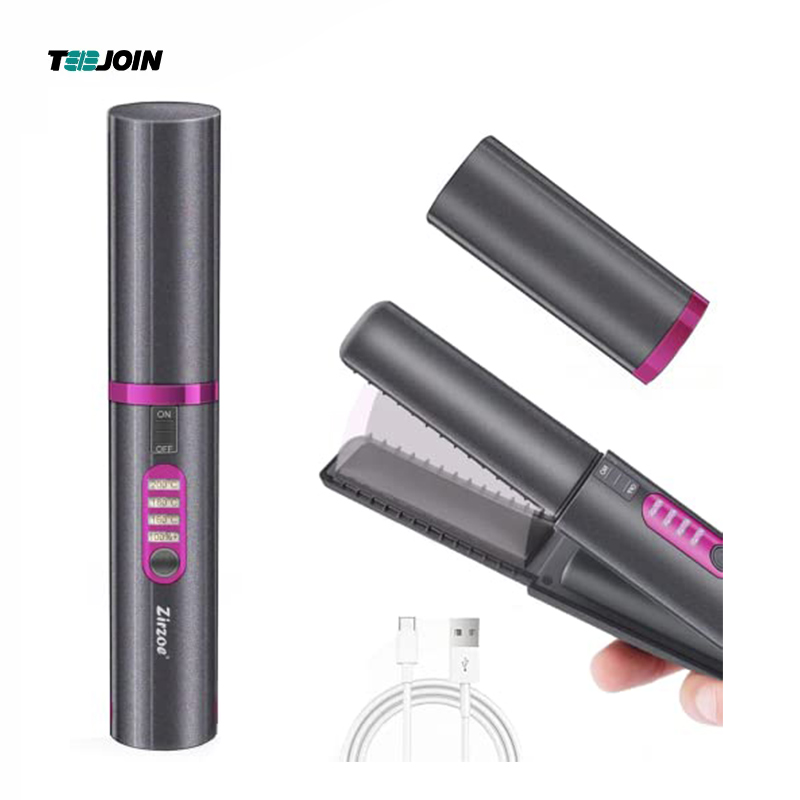
However, there are some limitations to consider when using wireless hair straighteners, such as limited battery life, charging time, heat retention, and cost considerations. Users need to ensure that the battery is fully charged before use to avoid interruptions during styling, and recharging the battery can take some time, which may be inconvenient for urgent styling needs. Some wireless hair straighteners may not retain heat as effectively as corded devices, impacting overall styling performance.
Despite these limitations, the convenience, portability, and versatility of wireless hair straighteners make them a popular choice for many users. As technology continues to evolve, future trends in wireless direct transmitter technology may address these limitations by improving battery life, charging speed, heat retention, and safety features, as well as introducing smart functionalities and eco-friendly designs.
Ultimately, the decision to invest in a wireless hair straightener depends on individual preferences, styling needs, and lifestyle considerations. By weighing the pros and cons of wireless hair straighteners and considering future trends in technology, users can make an informed choice that best suits their styling routine and preferences.

